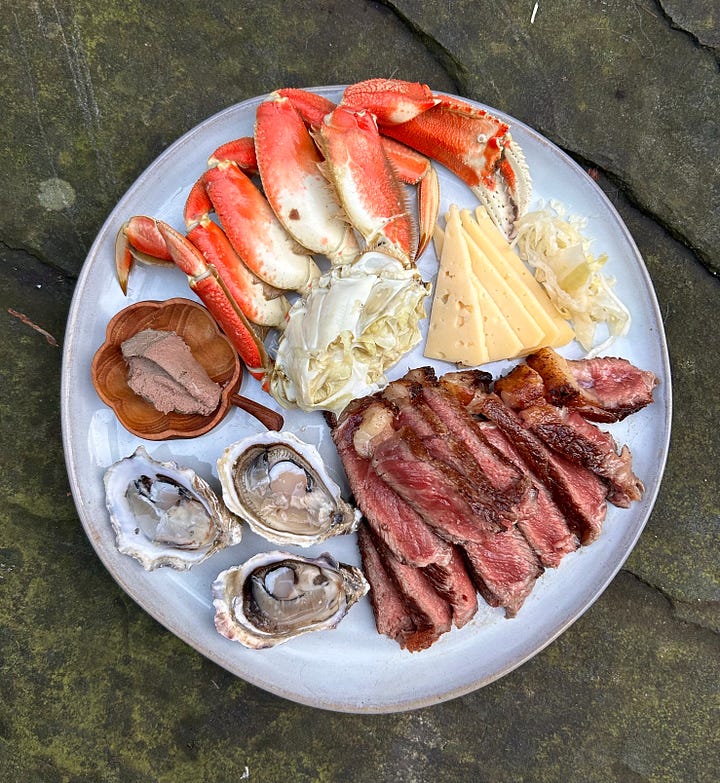A Lesson on Light and Eating
The relationship between deterium, light, and the foods we eat.


In this article, we’re going to dive into the tiny world of our mitochondria to explore how energy, light index, and the deuterium content of our food affect our well-being. How the light our food was grown under is encoded by the latitude we live in, and how it’s processed in our bodies.
The further we move away from the equator either North or South, the less diurnal change of light we have throughout the year. I sit at exactly 45.5 degrees North of the equator. Today, the strength of light and UV sits at a 1, it typically ranges between 5 and 8 in the summer, which shows you how very little light I have at my location currently.



